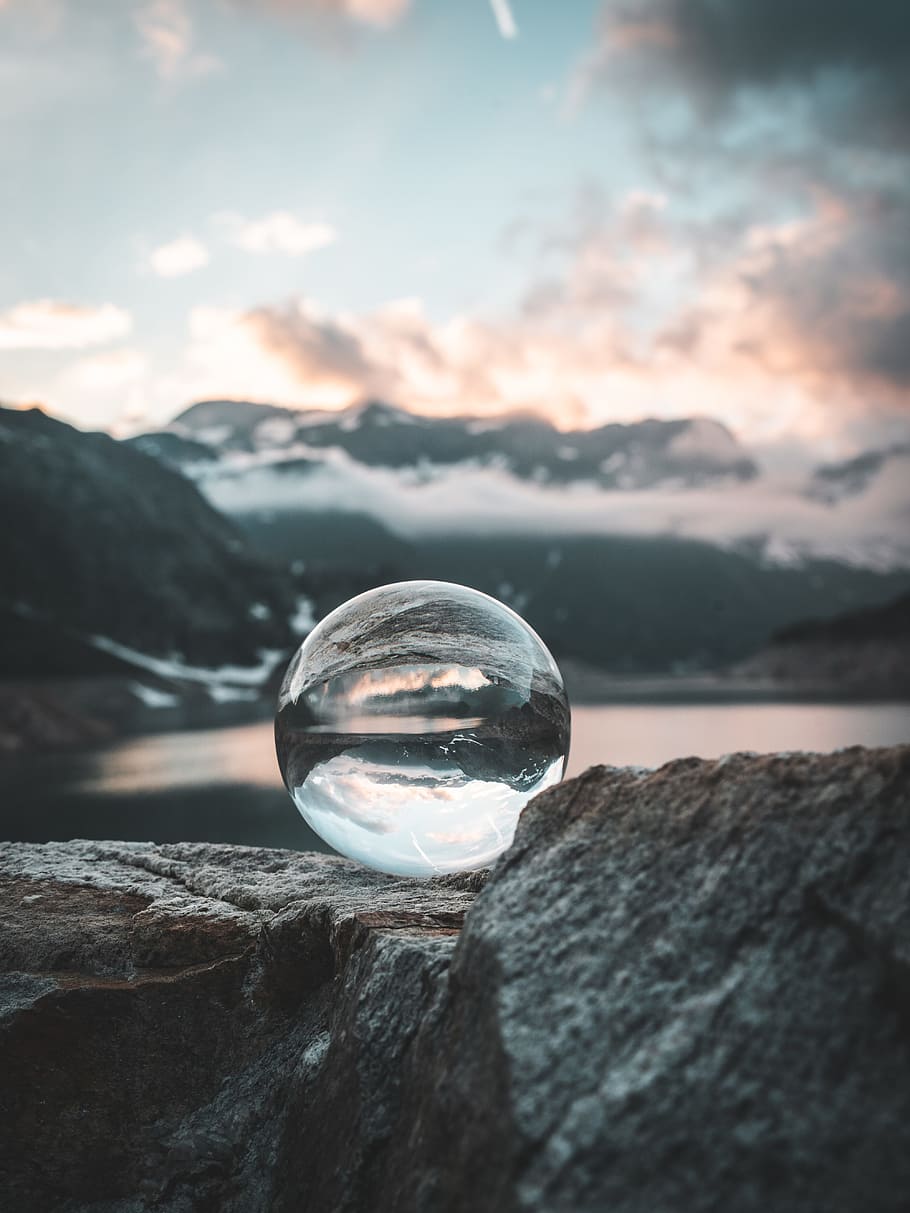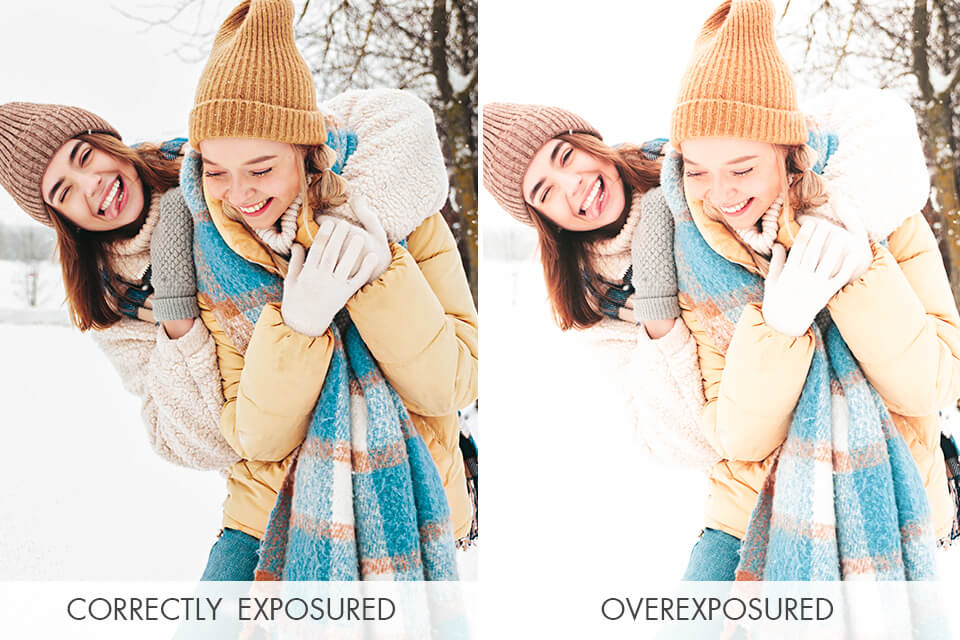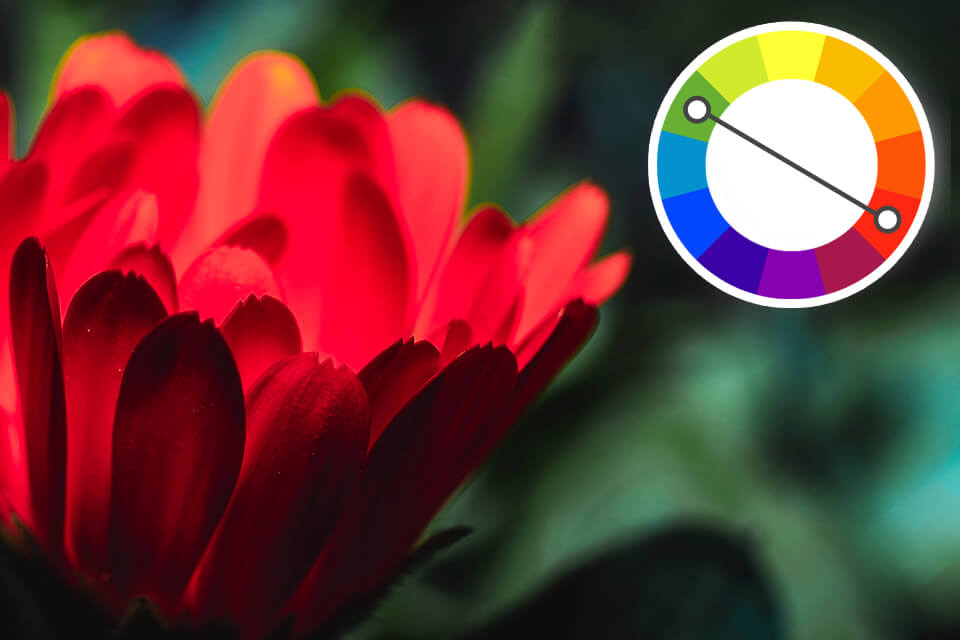
Value in photography refers to how light or dark a color on an image is. You can understand value by looking at a gradient or scale. Photos with many different tones have low contrast, while images with shades of the same value have low contrast too.
When I started my career, I didn't know much about value, so my photos didn't look professional. As I learned more about each part of the value and how to combine them, my photos improved significantly. It took me a lot of time because I experimented with different settings.
Value in photography is measured using the Zone System, which was created by Ansel Adams and Fred Archer to help photographers. It's an important technique to figure out the right exposure and development for your photos. The Zone System lets you predict the tonal values in your pictures.
The Zone System divides tones into eleven zones, each marked by a Roman numeral. The zones start at 0, which means true black, and go up to X, which means pure white. Each zone is one exposure stop.

Zone System Metering by Adams and Archer:
A histogram on camera shows dark tones on the left and light tones on the right. Taller peaks mean there is more of that tone in the scene. In Lightroom, full black and pure white appear as clipping masks, warning you that you might have extreme tones.

Most photographers avoid these extremes, but you can choose whether to include pure black and white.
The Zone System works well with your camera's light meter when you don't have an external one.
To understand value in photography, you need to know what makes up color. Color has several parts to evaluate an image, including hue, saturation, contrast, exposure, white balance, and color temperature.
Each of these elements has its own importance in photography. Changing these values will create different effects and moods in an image.
Value mainly refers to how light or dark something is. We see objects as three-dimensional because of the contrast between light and dark areas. To explain value in photography, you can remove all colors from a photo, turning it into black and white. Even without color, you can still recognize the objects in the picture. You can then compare the different values in the image to a grayscale.

Photographers use value to make certain parts of a photo stand out, which is known as creating a focal point. They do this by highlighting either lighter or darker areas. Light values, called tints, are created by adding white to a color, while dark values, called shades, have more black mixed in.
Contrast value in photography is the difference between these light and dark areas. When values are far apart on the scale, there's more contrast. Values that are close together show less contrast.
Texture also affects how we see value. Changes in value help us sense different textures because they show how light interacts with the subject, creating highlights and shadows in the photo.

Exposure is a key part of value in photography. It is how much light you capture in a shot. You adjust exposure using your camera's ISO, aperture, and shutter speed settings, which physically control how much light enters the camera.
Exposure is defined by your camera's meter, which measures the light in the scene and gives you a number on a positive or negative scale.

The value of color temperature in photography is an important element as well. It refers to the color of light emitted by different light sources and is measured in Kelvins. Light can range from warm orange tones to cooler blue tones.

For example, candles emit light at about 1900 Kelvins and appear orange, while typical indoor light bulbs are around 3000 Kelvins, also giving off a warm tone.

Daylight at midday measures around 5600 Kelvins and looks neutral white. Depending on the time of day, daylight can change its color temperature. During golden hours, it tends to be warmer with a slight orange tint, while during blue hours, it appears cooler.

Weather conditions also influence color temperature. A cloudy sky can have a high color temperature, reaching up to 10,000 Kelvins.
Understanding color temperature helps us learn the concept of white balance. White balance tells the camera what color temperature to consider as white in the photo. Our eyes perceive certain sources, like flames, as yellow or orange, not white.

Hue values in photography are the primary and secondary colors that form the spectrum of light, known as the rainbow. They are wavelengths of white light. The primaries are yellow, red, and blue, and mixing them creates the secondaries: orange, purple, and green. These colors are arranged in a wheel.
The color wheel helps us see how colors balance each other. Artists and designers use theories about color harmony based on this wheel. One key aspect of the color wheel is understanding which colors are directly opposite each other.

These opposite colors contrast each other and are known as complementary colors. Tertiary colors are created by mixing three primary colors. They aren't shown on the outer part of the color wheel, but we can find where they fit between primary and secondary colors. For example, brown sits between orange and red.
Saturation value in photography refers to how intense a color is. To understand what photography saturation is, imagine removing color from the color wheel. You do this by adding a complementary color to a color to make it less intense. This technique lets photographers adjust colors to create different effects.
Understanding the value in photography is the first step. The next step is to apply this knowledge in practice, especially in various styles of photography.
Portraiture:

Landscape:
Street photography:

Product:

Architecture:

Photographers can greatly improve how their images look and tell stories by mastering the use of value in photography. It helps them make a specific emphasis in photography to achieve different goals across different types of photography genres.